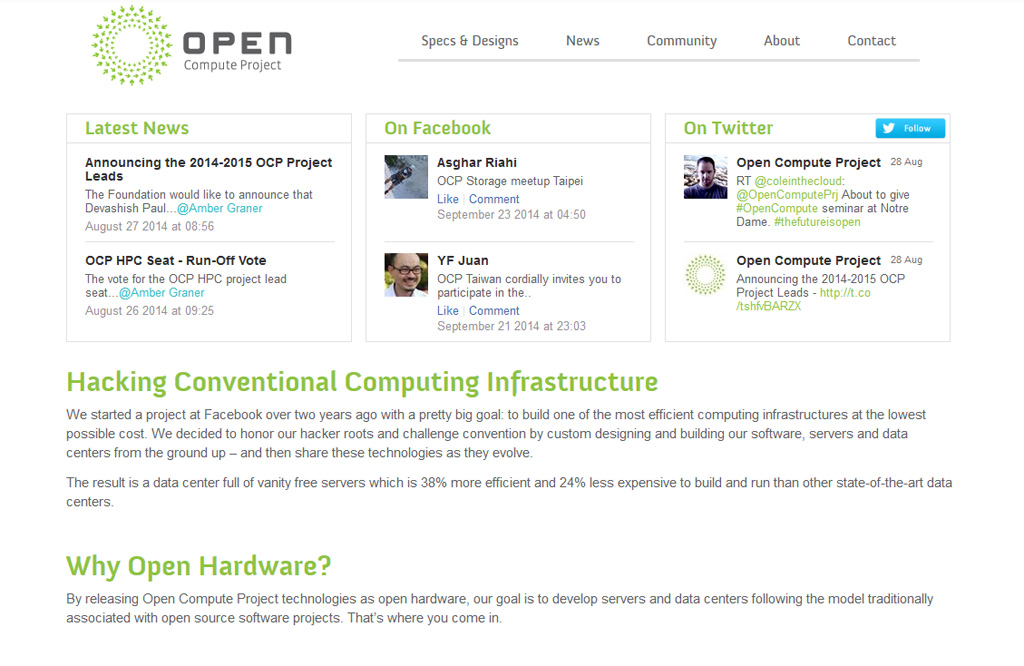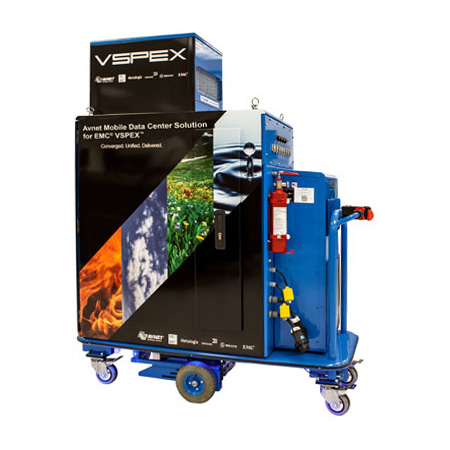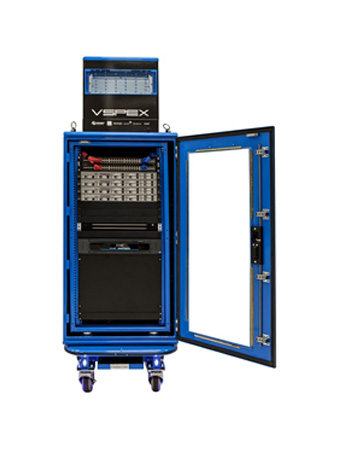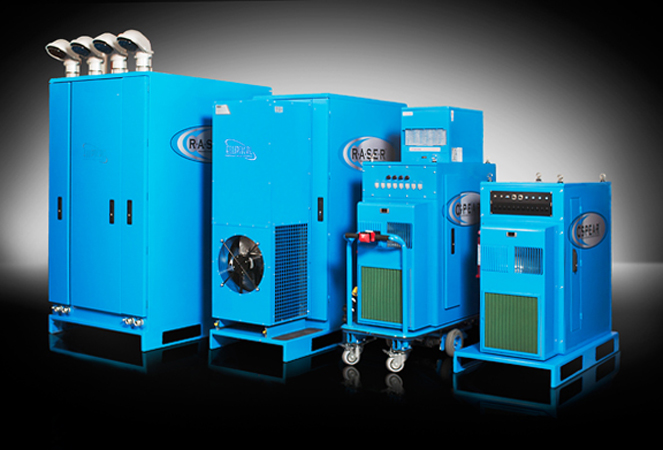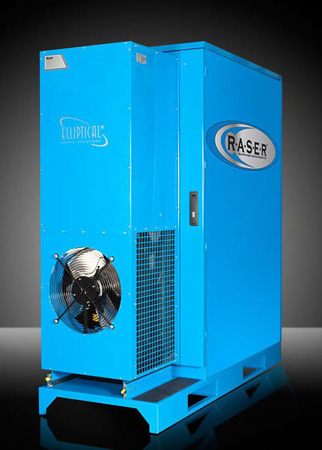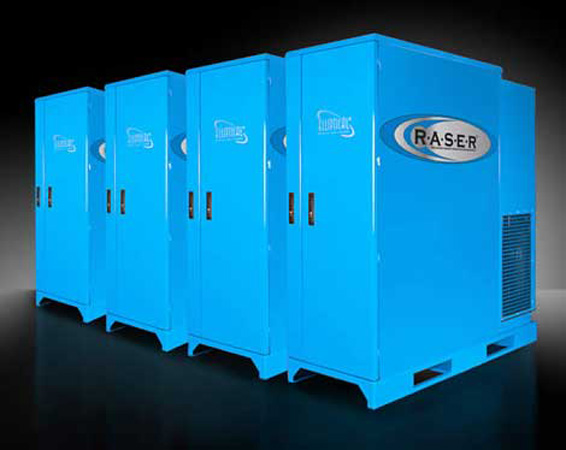RAID (originally redundant array of inexpensive disks; now commonly redundant array of independent disks) is a data storage virtualization technology that combines multiple disk drive components into a logical unit for the purposes of data redundancy or performance improvement.[1]
Rack Mount Cases
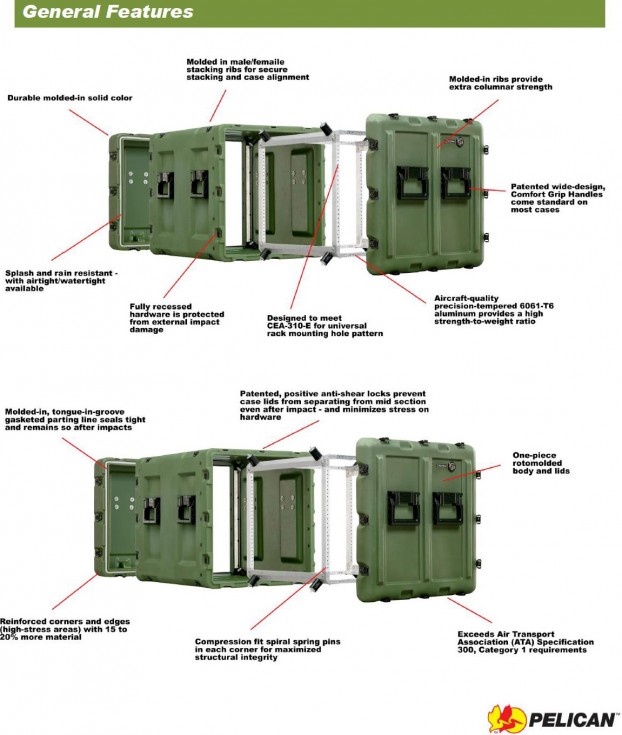
A rack mount cases is a transit case with provision for mounting rackmount equipment such as amplifiers, computers, displays, radios, encryption devices, and so forth. In many cases, the internal 19-inch rack is mounted to the transit case via shock absorbing mounts giving the rack sway space to attenuate shocks and bumps that might be seen during shipment and handling. One of the main standards in the design of these cases is MIL-STD-2073-1D – Standard Practice for Military Packaging. This can be linked to products of mobile data centers like Dell’s one for the military, which is based on a smaller scale than Googles 40” Shipping containers, for extra transportability. You can have an look at the product via Green (low Carbon) Data Center Blog.
–-
From Bergcloud to ?
Even if unfortunately Bergcloud is a dead project now (and that it sadly brought down the design collective Berg too), I mention it here on our research blog as it probably has some connections with our own research project and what we might try to develop later as tools. The unsuccessful commercial approach of Bergcloud to connected objects should also be taken as a question toward this big “buzz” though.
Data Center Grand Tour
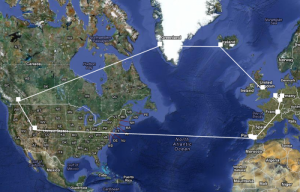
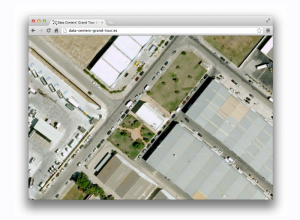
“Data Center Grand Tour” by Silvio Lorusso is a project that aimed at showing the data center where the info flowing into your computer is coming from:
ʻData Centers Grand Tour (This Data Belongs Here)ʼ starts here and will be an ongoing project for which Silvio Lorusso will be purchasing domain names and hosting in each country across the globe. For each domain a single web page will be hosted showing a satellite view of the geographical site at which that particular domainʼs data is stored. The tour will start by clicking at a destination, one click will take you to the next domain in a different country where you will again be able to view where that domainʼs data is stored, and so on until all of the countries in the world are covered
Open Compute Project
The Open Compute Project was initiated by Facebook. They decided to fully open the specifications of their data center in Prineville, all specs (from hardware to software, through cabinet and building design, etc.) In this way, Facebook pioneered the open source approach that many major players are now adopting.
This resource will undoubtedly serve our project when it will come to think about the infrastructure.
CitizenWeb: toward a decentralized Internet
” Working towards a free, open and decentralized Internet for everyone.”
The arkOS project seems to be connected to this site, where you can also find “guides” for installing Linux. See the “CitizenWeb guides“. Version 1.0 is more than a year old though.
Little mobile “datacenters” (cabinets)
Other projects that seem worth mentioning are these mini mobile, “all in one” modular units that look very infrastructural. The Mobile Data Center Solution by Avnet was launched in 2013, the C3 – S.P.E.A.R. by Eliptical Mobile Solution too (which seems to serve as the base for the Avnet one btw).
